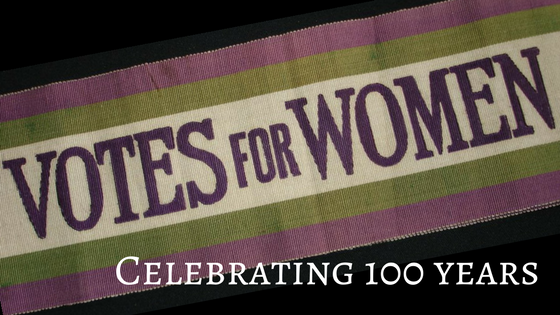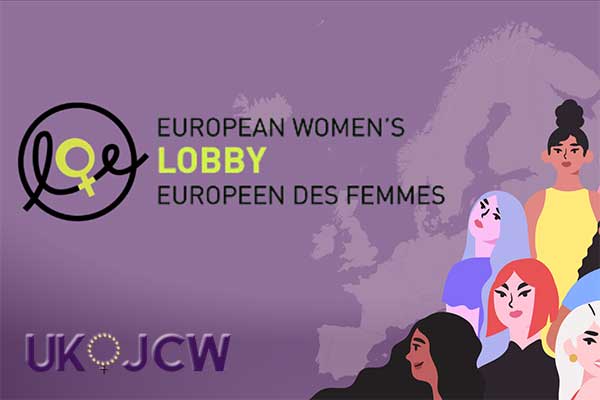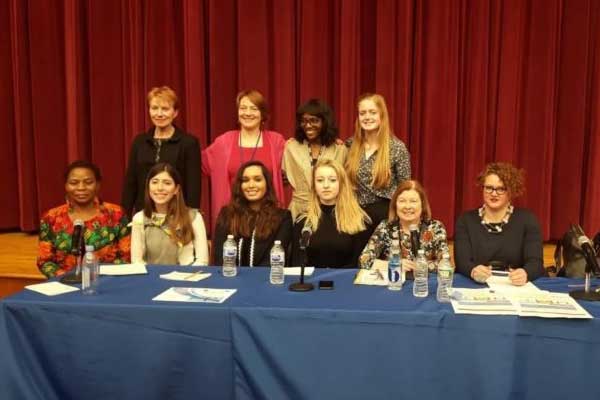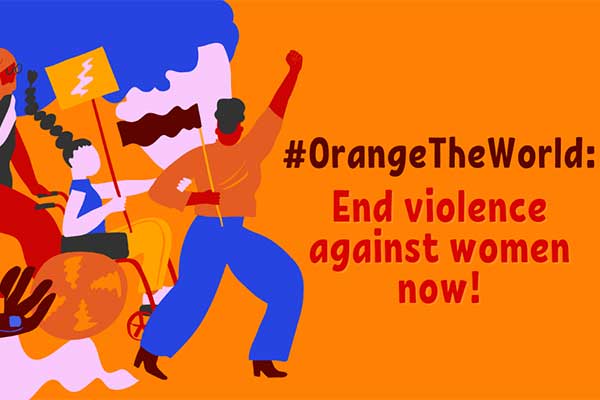Celebrating Women’s Suffrage
Tuesday 6th February, 2018, marks the 100th anniversary of women being allowed to vote in the UK. The fight for female suffrage became a national movement in the Victorian era, as a result of the 1832 Reform Act which, for the first time, explicitly banned women from voting. The movement saw multiple groups emerge across the UK, each lead by women with diverse opinions on how the vote best be achieved. Perhaps none are so well known as the Pankhursts, leaders of the WSPU (Women’s Social and Political Union). Emmeline Pankhurst, along with her daughters Sylvia and Christabel, used a range of methods such as public demonstrations that galvanised the nation’s other contemporaneous movements, but also led to controversy as a result of its perhaps militant methods.
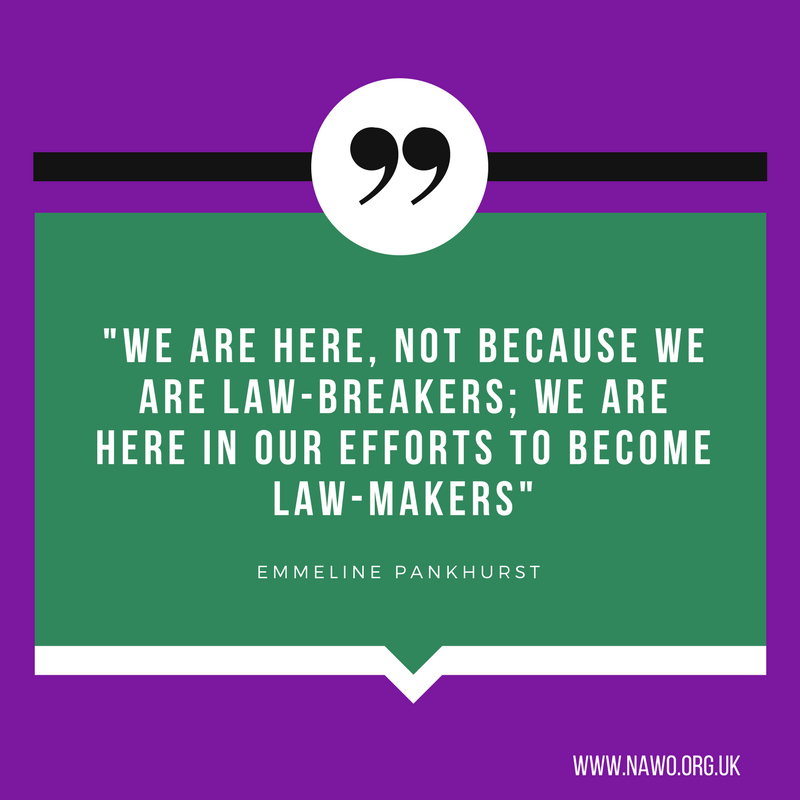
Offering a different view of best-practice suffrage campaigning was Millicent Fawcett, tireless campaigner for women’s right to vote and co-founder of Newnham College, Cambridge. In 1897 she became president of the National Union of Women’s Suffrage Societies (the NUWSS), and held the position until 1919.
What was achieved in 1918?
In 1918, in a country rocked by the First World War, the UK government passed the Representation of the People Act 1918, enfranchising all men, as well as all women over the age of 30 who met minimum property qualifications.
Approximately 8.4 million women gained the vote, in accordance with the following qualifications:
- A woman must be over the age of 30
- She must be either a householder, the wife of a householder, an occupier of property with an annual rent of £5, or a graduate of a British university
What’s more, in November 1918, the Parliament (Qualification of Women) Act 1918 was passed, allowing women to be elected into the House of Commons.
The first woman to be elected to Parliament was Constance Markievicz in 1918, however, as she was a member of Sinn Fein, she did not take her seat.
The first woman to take her seat was Nancy Astor (Viscountess Astor), after a by-election in December 1919. She held the Plymouth Sutton seat until she stood down in 1945. While she had not been involved in campaigns for women’s suffrage, she was a great supporter of the women’s movement once in Parliament.
What about the women who were still excluded from voting?
Finally, in 1928, the Conservative government passed the Representation of the People (Equal Franchise) Act, giving the vote to all women over the age of 21 on equal terms with men.
The voting age was lowered to 18 for both men and women in 1969.
Where can I find out more?
NAWO will be updating this page with any relevant events and information throughout the 2018 celebratory year.
Other useful resources include:
Parliament’s account of Women and the Vote
The Pankhurst Centre’s website
The Fawcett Society’s Webpage

